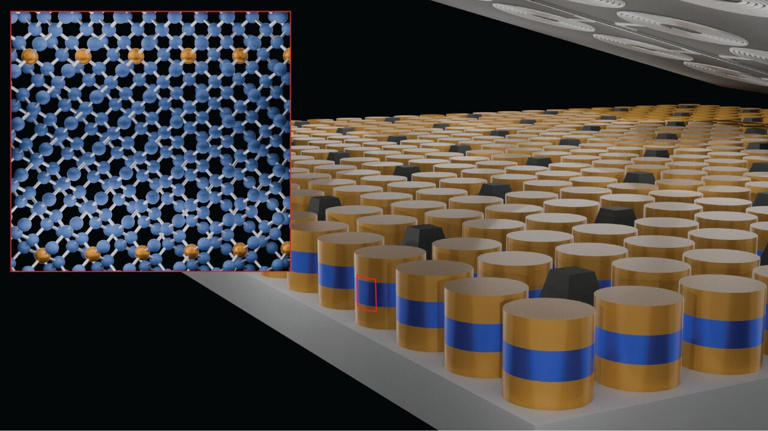Arthur Hanson
Well-known member
Is this a game changer or just a lab curiosity?

Scientists have developed a groundbreaking new semiconductor material that also exhibits superconducting behaviour. Researchers, led by teams at New York University and the University of Queensland, report that they successfully transformed the widely‐used semiconductor germanium into a superconducting form by embedding gallium atoms into its crystal structure.
Specifically, the researchers grew thin germanium films using molecular beam epitaxy, substituting germanium atoms with high concentrations of gallium. The doping was so heavy that the crystal lattice was somewhat deformed—but importantly, the structure remained stable and became superconducting at around 3.5 Kelvin (≈ -453 °F).
Because germanium is already a staple material in semiconductor manufacturing, the discovery is particularly exciting. The fact that it can now also host superconductivity means it might act as a bridge between traditional electronics and emerging quantum or cryogenic devices. According to the scientists, this could open up new pathways for quantum circuits, ultra-low-power electronics, and superconducting sensors.
While this is still early-stage research and the superconducting temperature remains very low, the proof-of-concept is significant. If further developed, such semiconductor-superconductor hybrids may revolutionize how we build electronics and quantum systems in the future.
URL unfurl="true"]https://www.msn.com/en-us/news/technology/scientists-create-new-type-of-semiconductor-that-holds-superconducting-promise/ar-AA1Pu8wn?
Scientists create new type of semiconductor that holds superconducting promise

Scientists have developed a groundbreaking new semiconductor material that also exhibits superconducting behaviour. Researchers, led by teams at New York University and the University of Queensland, report that they successfully transformed the widely‐used semiconductor germanium into a superconducting form by embedding gallium atoms into its crystal structure.
Specifically, the researchers grew thin germanium films using molecular beam epitaxy, substituting germanium atoms with high concentrations of gallium. The doping was so heavy that the crystal lattice was somewhat deformed—but importantly, the structure remained stable and became superconducting at around 3.5 Kelvin (≈ -453 °F).
Because germanium is already a staple material in semiconductor manufacturing, the discovery is particularly exciting. The fact that it can now also host superconductivity means it might act as a bridge between traditional electronics and emerging quantum or cryogenic devices. According to the scientists, this could open up new pathways for quantum circuits, ultra-low-power electronics, and superconducting sensors.
While this is still early-stage research and the superconducting temperature remains very low, the proof-of-concept is significant. If further developed, such semiconductor-superconductor hybrids may revolutionize how we build electronics and quantum systems in the future.
URL unfurl="true"]https://www.msn.com/en-us/news/technology/scientists-create-new-type-of-semiconductor-that-holds-superconducting-promise/ar-AA1Pu8wn?
